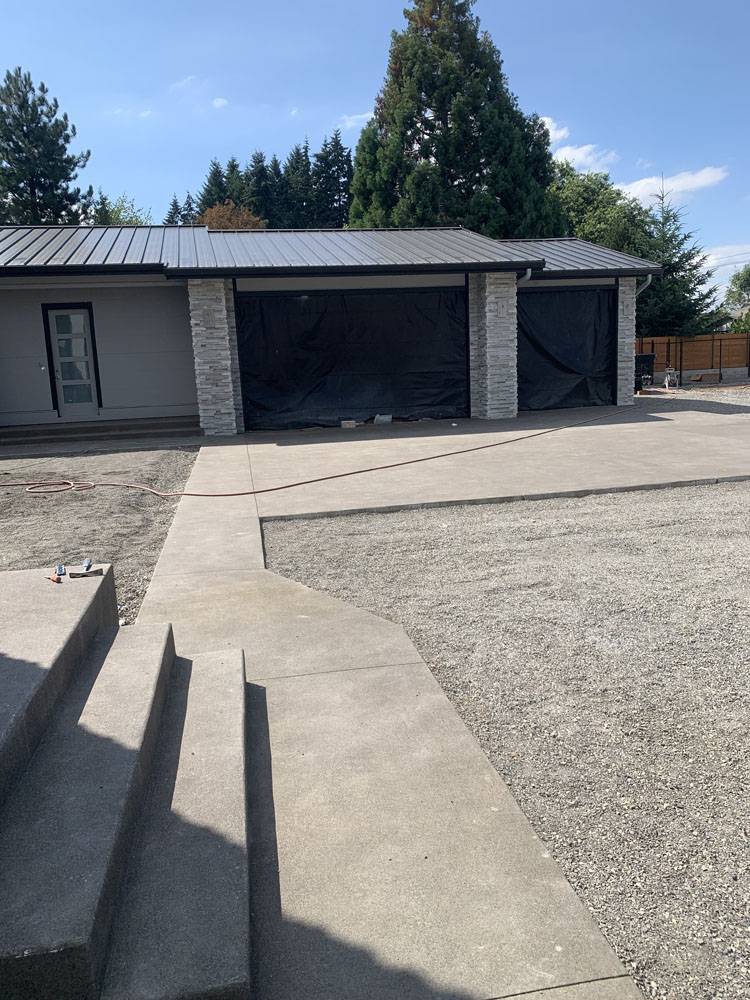Introduction
In a world rife with uncertainties, ensuring safety in our homes and workplaces is paramount. The adage "an ounce of prevention is worth a pound of cure" rings especially true when it comes to regular inspections. By understanding vital warning signals through vigilant checks and evaluations, we can not only avert disasters but also save lives. This article dives deep into the importance of regular inspections, emphasizing their role in identifying potential hazards, such as issues related to masonry chimney repair, while fostering a culture of safety and preparedness.
Why Are Regular Inspections Essential?
Regular inspections serve as the backbone of safety protocols in any environment. They provide an opportunity for proactive measures rather than reactive responses when crises occur. But what exactly makes these inspections so crucial?
The Importance of Preventive Maintenance
Identifying Early Warning Signs

Ensuring Compliance with Regulations
Many industries are subject to strict regulations regarding safety standards. Regular inspections help ensure compliance, avoiding legal liabilities.
Protecting Life and Property
Most importantly, regular checks protect human life and safeguard property from unforeseen catastrophes.
A Deeper Dive: How Regular Inspections Can Save Lives—Understanding Vital Warning Signals!
Understanding what to look for during inspections can be the difference between life and death in some situations. So, what are these vital warning signals?
Discover moreCommon Warning Signals to Monitor During Inspections
- Structural Integrity Issues Look for cracks in walls or ceilings that may indicate larger structural failures. Chimney Condition For homes with masonry chimneys, keep an eye out for signs requiring masonry chimney repair, such as crumbling bricks or excessive soot buildup. Electrical Malfunctions Flickering lights or frequent circuit breaker trips can signify underlying electrical issues.
Regular Inspection Checklist
To streamline your inspection process, consider using this checklist:
| Item | Frequency | Notes | |----------------------------------|-------------------|-------------------------------| | Roof Inspection | Bi-annually | Check for loose shingles | | Plumbing System | Annually | Look for leaks | | Electrical Systems | Annually | Inspect wiring and outlets | | Chimney Inspection | Annually | Assess condition; look for soot| | Fire Alarms | Monthly | Test functionality | | HVAC Systems | Bi-annually | Change filters |
Understanding Specific Risks: A Focus on Chimneys
The Role of Masonry Chimneys in Home Safety
Masonry chimneys are integral components of many homes, providing ventilation for heating systems. However, they also present unique risks if not properly maintained.
Signs Your Chimney Needs Immediate Attention
- Cracked or missing bricks White staining on brickwork (efflorescence) Rusted metal components Smoke escaping into the living space
The Process of Masonry Chimney Repair
When repairs are necessary, understanding the process can alleviate fears associated with chimney maintenance.
Inspection Phase
A qualified professional will assess the extent of damage.
Repair Strategy Development
Depending on the findings, a tailored repair strategy will be formulated.
Implementation
Skilled tradespeople will carry out the necessary repairs using appropriate materials that restore structural integrity.
Safety Protocols: Establishing Routine Checks
Creating a robust framework for regular inspections involves more than just scheduling them; it requires developing effective protocols that everyone can follow.
Creating an Inspection Schedule
Identify high-risk areas (e.g., kitchens, basements). Assign responsibilities to specific team members or family members. Utilize technology (apps or reminder systems) to keep everyone accountable.Training Staff and Family Members on Safety Procedures
It's essential that everyone involved understands their roles during inspections and knows how to respond if they notice any warning signs.
Workshops and Training Sessions
Consider holding workshops that focus on:
- Recognizing warning signs Basic inspection techniques Emergency response procedures
Community Engagement: Spreading Awareness About Inspections
Communities thrive when individuals take collective responsibility for safety.
Hosting Community Safety Days
Bring together neighbors to:
Share knowledge about home inspections. Conduct community-wide assessments (e.g., checking smoke detectors). Foster deeper connections while prioritizing safety.Utilizing Technology for Better Outcomes
In today's digital age, why not leverage technology during your inspection processes?
Smart Technology Solutions for Inspections
Home monitoring systems that alert you to irregularities. Mobile apps designed specifically for homeowners conducting self-inspections. Online resources providing guides on what to check during an inspection.Emergency Preparedness Plans: A Critical Component of Safety Culture
No matter how thorough your inspections are, emergencies can still happen; thus, having a plan is key!
Creating an Effective Emergency Plan
Your emergency plan should include:
Evacuation routes Designated meeting points Contact information for local emergency servicesFAQs
What types of inspections should I conduct regularly?
Regular inspections should include structural assessments, plumbing checks, electrical system evaluations, and chimney evaluations among others.
How often should chimneys be inspected?
Chimneys should ideally be inspected at least once a year to prevent fire hazards associated with creosote buildup or structural issues requiring masonry chimney repair.
Are there specific codes I need to follow during inspections?
Yes! Familiarize yourself with local building codes and regulations relevant to your area’s safety standards during all inspections.
What should I do if I find a serious issue during an inspection?
If you discover a significant hazard like severe structural damage or malfunctioning electrical systems, contact professionals immediately instead of attempting repairs yourself.
Can I perform my own home inspections?
While homeowners can carry out basic visual assessments, it's advisable to hire licensed professionals for critical areas like electrical systems or chimneys due to safety concerns and code requirements.
How can community involvement improve overall safety?
Community engagement fosters shared awareness about local hazards while encouraging collective action towards maintaining safe environments through routine checks and education initiatives.
Conclusion
In conclusion, understanding how regular inspections can save lives—understanding vital warning signals—is not merely academic; it’s essential knowledge that every homeowner and business operator must uphold as part of their duty toward safety and responsibility. Through diligent observation—be it spotting cracks needing masonry chimney repair or recognizing faulty wiring—we cultivate safer spaces where our families thrive without fear of unforeseen dangers creeping in unnoticed. So let’s commit today—to inspect diligently tomorrow—and pave way towards enhanced awareness leading us all towards safer tomorrows!